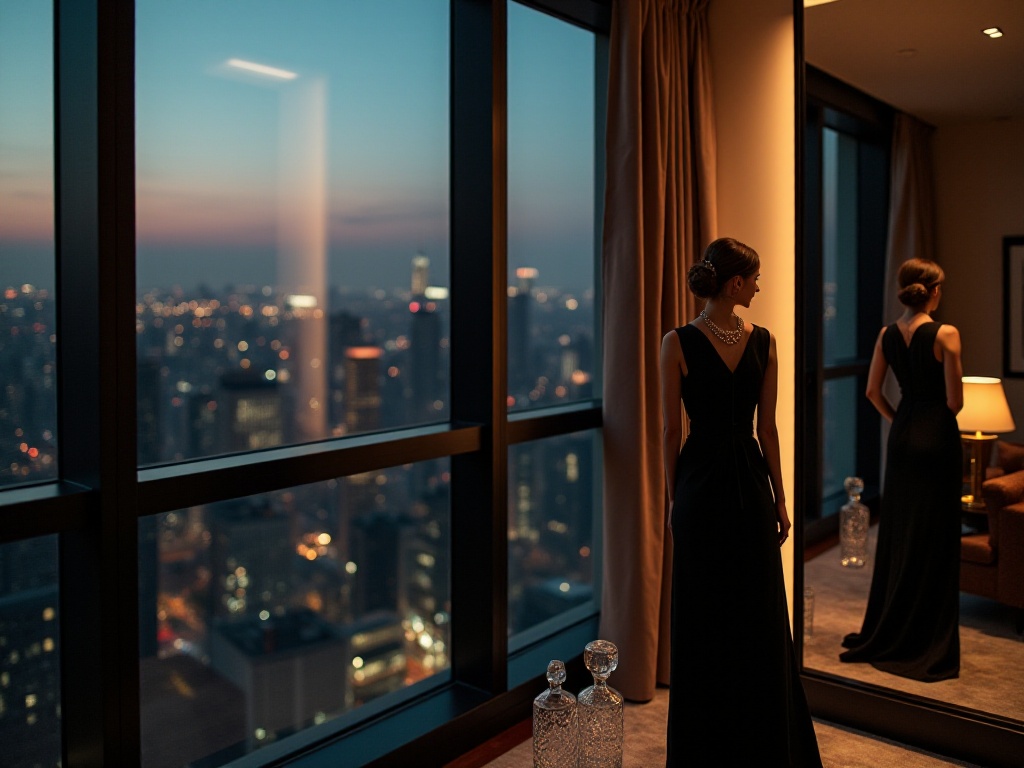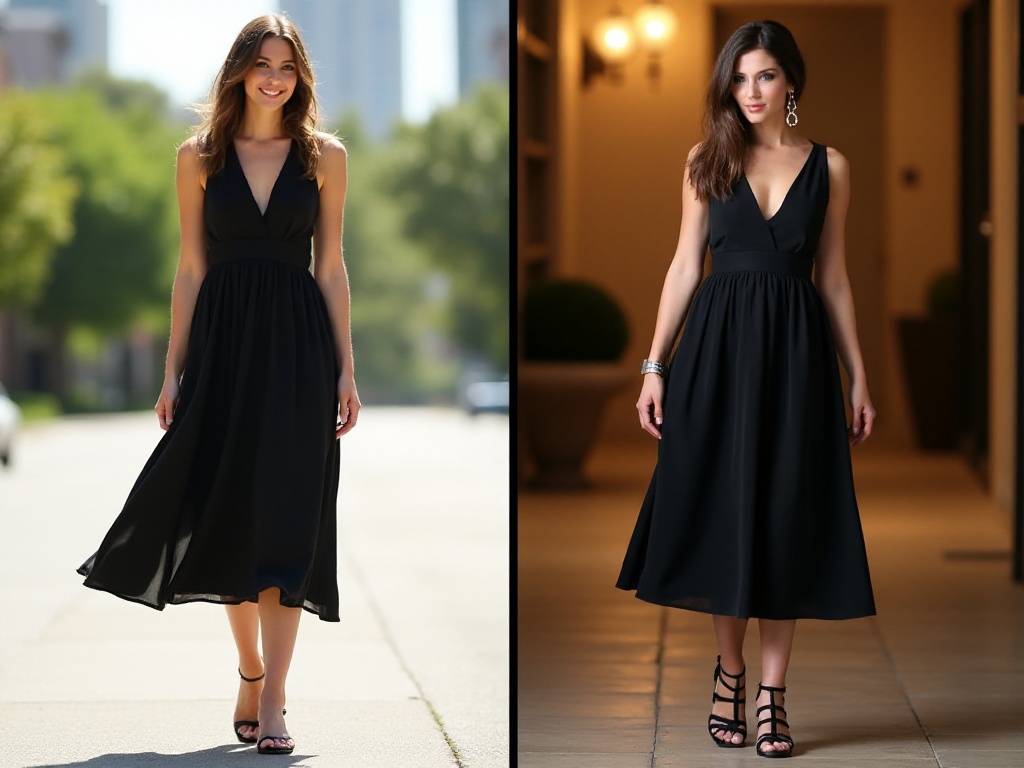Introduction
As a recent graduate entering the workforce, I deeply understand the importance of personal style. Every morning when I open my closet and look at all my shopping trophies, I still struggle with putting outfits together. Have you experienced similar frustrations? Clothes look amazing on magazine models, but why do they look so different when you put them on?
The truth is, we've taken some detours in pursuing our personal style. It's not that the clothes aren't beautiful; we just don't know ourselves well enough. Today, let me share my personal experience and show you how to build your personal style from scratch, step by step.
The Skin Tone Code
Many people think dressing well is simple - just look at magazines and buy what you see, right? However, understanding your skin tone is crucial before you start shopping. This lesson took me several years of trial and error to truly understand.
I remember when I first started college, I saw my roommate wearing a lemon yellow dress that looked fresh and cute - she seemed to glow. I immediately ordered the same dress online. When the package arrived, I tried it on eagerly, but nearly cried when I looked in the mirror - my skin looked sallow, dark, and I appeared tired overall.
Later, I began researching why this happened, and it turned out to be a skin tone issue. Through continuous learning and practice, I discovered I have cool-toned skin, suited for cooler colors. Colors like royal blue, forest green, and deep purple instantly improve my complexion. Warm colors like yellow, orange, and bright red look jarring on me.
Determining whether you're warm or cool-toned is actually quite simple. Here's a method I frequently use. Find a well-lit area and prepare both gold and silver necklaces (or papers in these colors will do). Place them near your neck and observe carefully in the mirror. If gold enhances your complexion and makes your skin glow, you're warm-toned; if silver makes your complexion rosy and skin translucent, you're cool-toned.
Another method is checking your vein color. Turn your wrist over and observe your veins in natural light. If they appear blue-purple, you're likely cool-toned; if they appear blue-green, you might be warm-toned.
However, note that skin tone isn't strictly black and white. Some people might be neutral-leaning-cool or neutral-leaning-warm. I know a friend who has neutral skin tone and can pull off both warm and cool colors - it's truly enviable.
Once you've determined your skin tone, you have a direction for choosing clothes colors. Cool-toned people can try: deep sea blue, emerald green, grape purple, and rose pink. Warm-toned people can choose: camel, apricot, coral orange, and ginger yellow.

Mastering Occasions
After understanding the basic issue of skin tone, we need to consider practical wearing occasions. Speaking of which, I must share a painful lesson. When I first started graduate school, I attended an academic conference. Wanting to look formal, I wore a sequined evening gown. When I arrived, I found everyone else in simple business attire - my sparkly dress was incredibly conspicuous, and I wanted to disappear into the floor throughout the conference.
Since then, I've realized how important appropriate dressing for occasions is. Now my wardrobe is strictly categorized by occasion, mainly into three categories:
The work section includes basic professional wear, such as well-tailored suits, pencil skirts, straight-leg pants, etc. Colors are mainly dark, and fabrics are chosen for their structure and wrinkle resistance. Such combinations look professional without being too rigid.
The casual section is more relaxed, mainly consisting of comfortable athletic wear, jeans, T-shirts, and hoodies. These clothes are perfect for weekends or meeting friends.
The formal section includes cocktail dresses and formal wear, suitable for weddings, annual parties, and similar events. These clothes might not be worn often, but they're lifesavers when needed.
Before each shopping trip, I first consider what occasion the clothing will be used for. For example, if I see a beautiful lace top but realize it might be too dressy for work and too formal for weekends, I'll pass. This not only prevents buying impractical clothes but also keeps the wardrobe more organized.
For formal occasions, besides the style, length is also crucial. For business occasions, skirts should be within 5 centimeters above or below the knee - neither too conservative nor too casual. Necklines also need attention; deep V-necks or off-shoulder styles are usually inappropriate.
For casual occasions, standards can be more relaxed. However, overall coordination is still important - for example, if showing legs, choose a more conservative top, and don't show more than one area of skin, to avoid looking inappropriate.
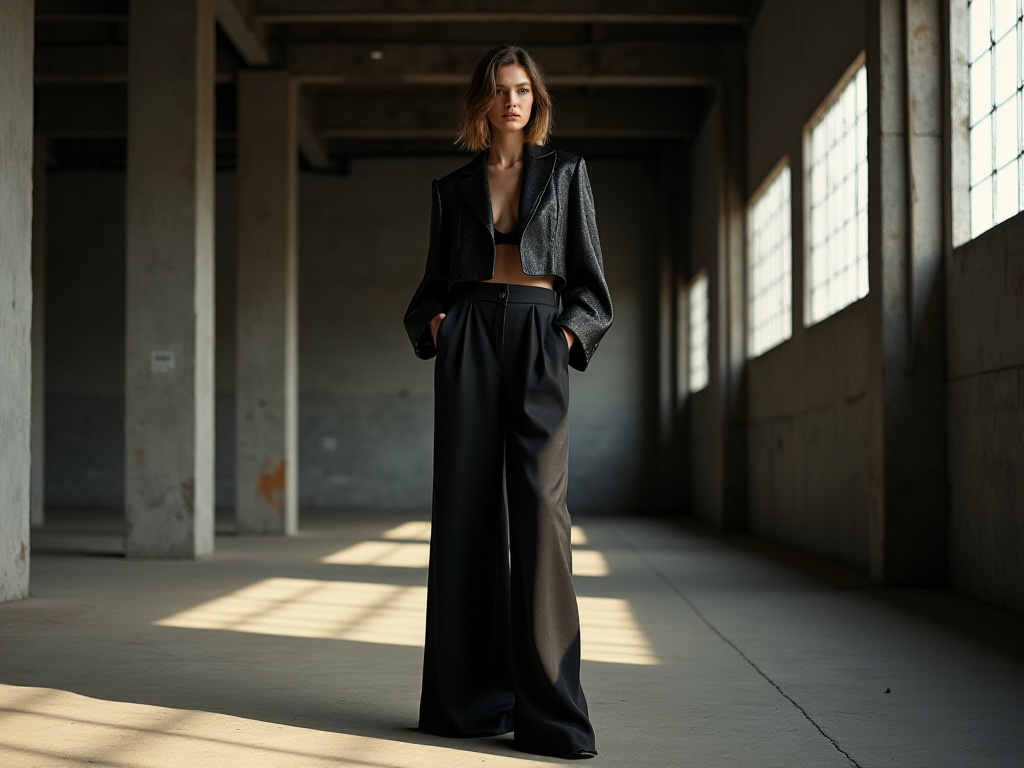
The Art of Layering
Speaking of specific styling techniques, layering is my secret weapon. When I first started learning about fashion, I thought layering was simply piling clothes on top of each other. Later, through constant exploration, I understood that the essence of layering is creating depth while maintaining overall balance and harmony.
Take one of my recent go-to outfits as an example. When there's a big temperature difference between morning and evening, I'll wear a white cotton undershirt, topped with a camel wool cardigan, and a navy blue trench coat as the outer layer. This combination is not only practical, but each piece can also be freely combined with other clothes.
When layering, fabric texture matching is also important. Generally, choose comfortable, skin-friendly fabrics like cotton or modal for the inner layer; warm sweaters or knitwear for the middle layer; and structured fabrics for the outer layer to properly outline the overall silhouette.
For color coordination, I usually choose different shades of the same color family, or complementary color combinations. For example, an all-grey outfit can progress from a light grey undershirt to a medium grey sweater to a dark grey coat, creating a harmonious gradient. For more interest, you can add a bright accent color to a dark base - like pairing an orange sweater with a navy blue coat, which catches the eye without being too dramatic.
Length coordination is also key in layering. Generally, inner layers should be shorter than outer layers to avoid looking messy. If the inner layer is longer than the outer layer, it's best to show just a hint of it, which can add depth to the look.
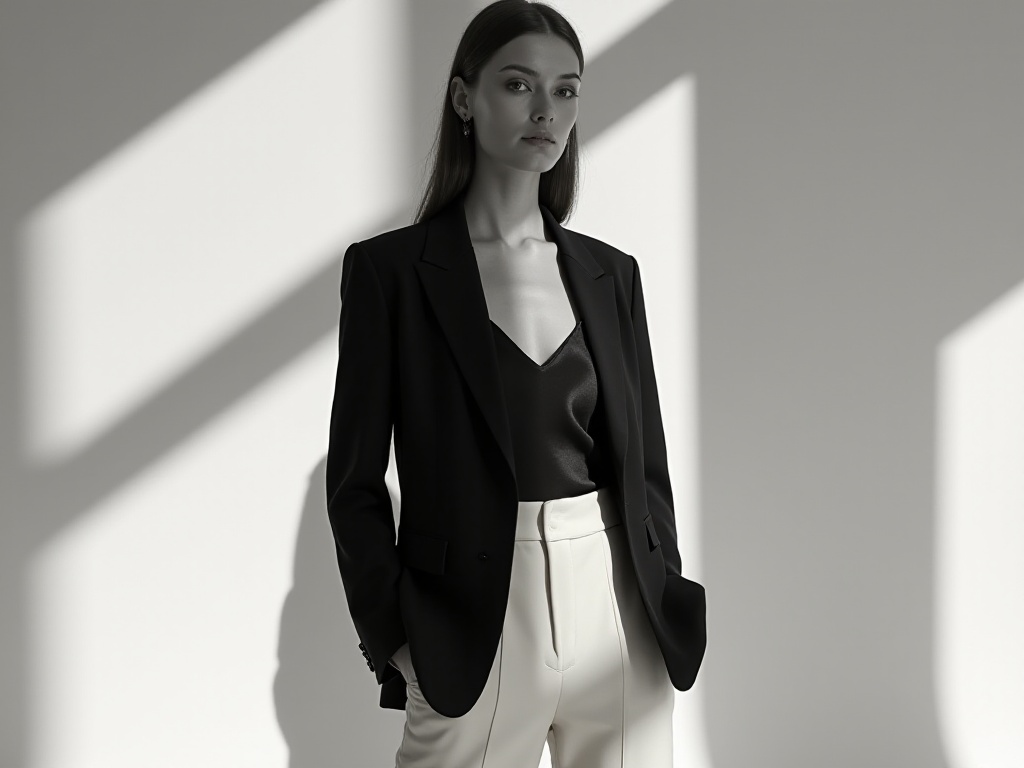
The Art of Accessories
Speaking of accessories, I must mention a major mistake I once made. At a friend's birthday party, I was so excited that I wore all my beautiful accessories at once: large earrings, a sparkly necklace, several bracelets, and a studded bag. My friend later said my outfit was blinding - thinking back, it was indeed too much.
After this lesson, I developed a golden rule for accessorizing: highlight only one statement piece at a time. For example, if you want to wear an eye-catching necklace, keep other accessories simple - small pearl studs for earrings and just a simple watch on your wrist.
Accessory choice should also consider the overall style. For formal outfits, choose elegant pearls or simple gold and silver jewelry. For casual outfits, you can choose more playful accessories like colorful bracelets or unique brooches.
Bag selection is also important. I recommend having at least three bags: a black leather bag for formal occasions, preferably in a simple, elegant style; a large daily commuter bag that can fit a laptop and other essentials; and a small weekend casual bag, where you can choose more design-forward styles.

Quality First
After years of exploration, my biggest realization is: it's better to buy less but buy better. When I first started working, I loved shopping at fast fashion brands, attracted by their trendy styles and low prices. But soon I found these clothes easily lost shape, faded, and weren't very comfortable.
Later, I changed my shopping strategy and started investing in quality basics. For example, a good cashmere coat, though expensive, can be worn for several years without going out of style. A well-fitting white shirt in comfortable fabric looks good with everything. These pieces might cost more initially, but they're more economical in the long run.
When choosing fabrics, I also focus more on quality. Pure cotton T-shirts might be more expensive than blends, but they're more comfortable and less likely to pill. For wool sweaters, check the wool content - preferably above 70% for better warmth.
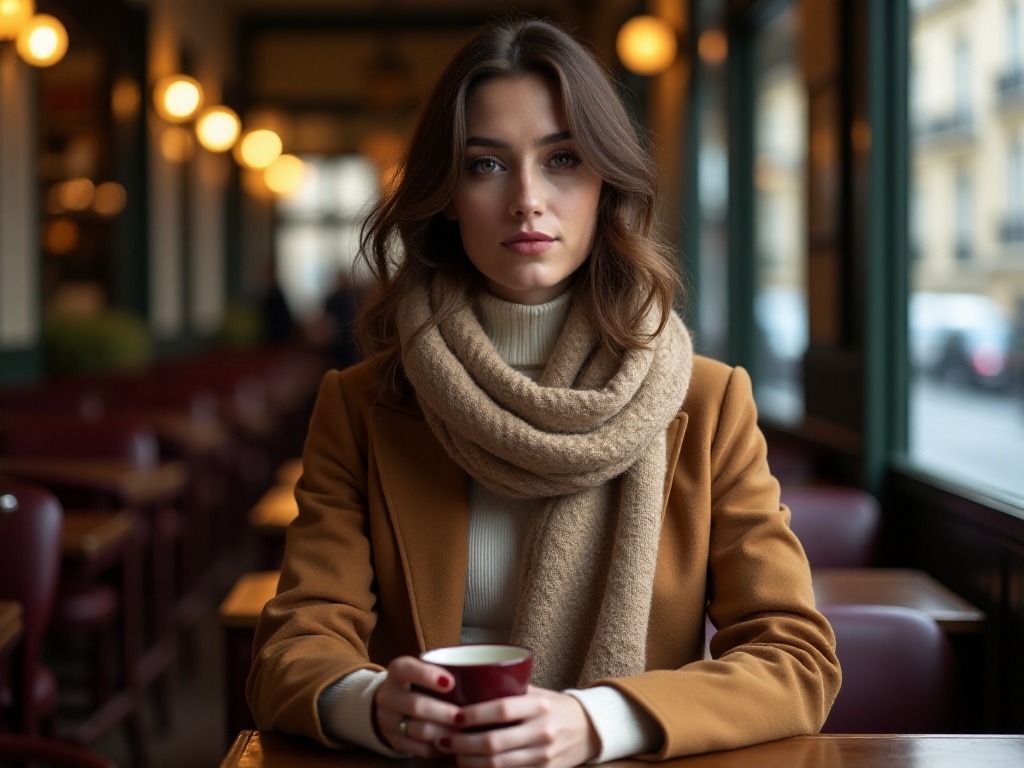
Daily Management
Style management is truly a long-term commitment. I now spend 15-20 minutes daily on my appearance, including skincare, simple makeup, and ensuring clothes are neat.
Clothing care is also important. I regularly remove pills from clothes, wash them when needed, and never machine wash items that should be dry cleaned. Each time after washing, I properly organize clothes before storing them - this not only extends their life but also keeps them looking better when worn.
Shoe care shouldn't be neglected either. Clean them after each wear, regularly polish leather shoes, and wash sneakers when needed. A well-maintained pair of shoes can instantly elevate an entire outfit.
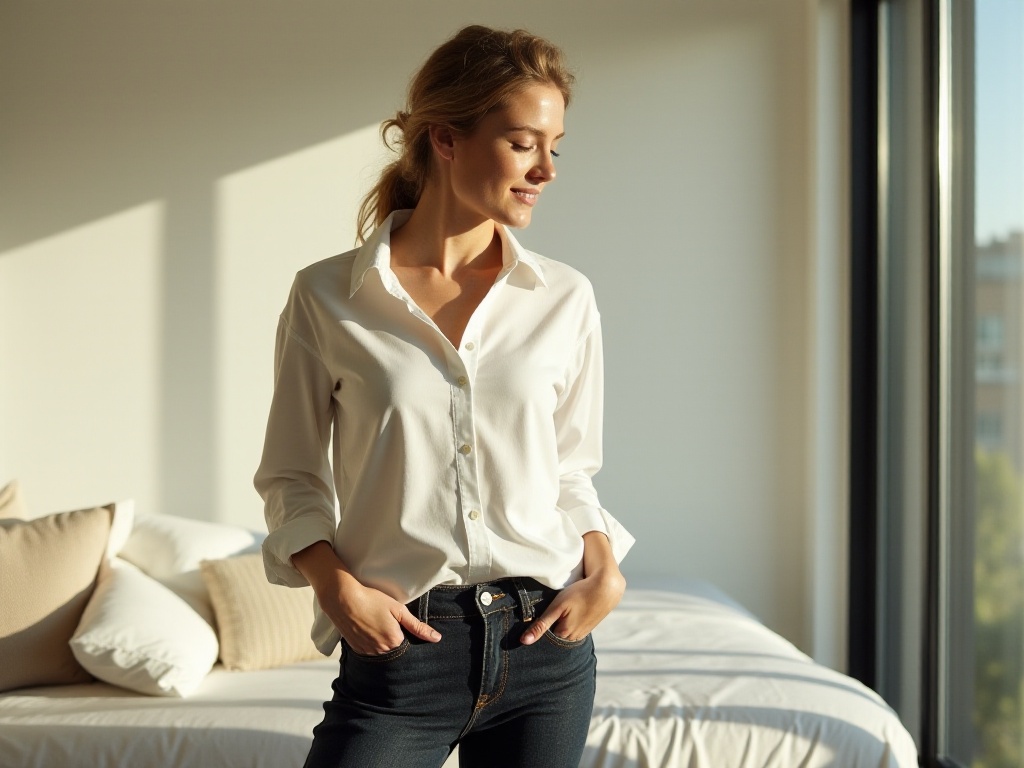
Conclusion
After all this discussion, the most important aspect of building personal style is persistence. Don't expect immediate results; instead, continuously experiment and adjust in daily life. Remember, there's no best style, only the style that suits you best. Find your style, and you too can be the most stylish person on the street!
Dressing up is truly interesting - it's not just about external appearance but a way to express personal charm. I hope my sharing can help you avoid some detours and find your personal style sooner.




